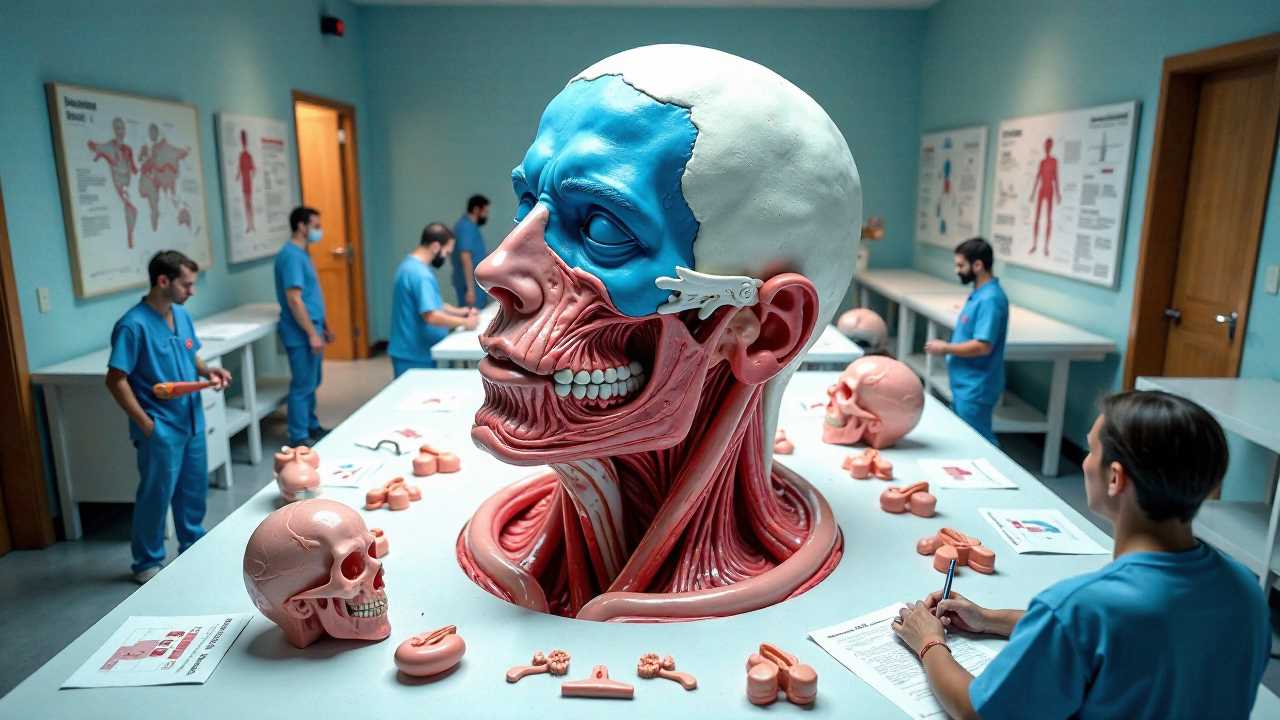
Understanding Medical Animation Techniques
Medical animation techniques have transformed the way complex medical concepts are communicated. By utilizing advanced 3D modeling, motion graphics, and visual storytelling, professionals in the medical field can present information that is not only informative but also engaging. These techniques allow for a deeper understanding of intricate anatomical structures and processes, making them invaluable in education, marketing, and patient communication.
The Role of 3D Modeling in Medical Animation
3D modeling serves as the backbone of medical animation techniques. It involves creating a three-dimensional representation of anatomical structures, which can be manipulated and viewed from various angles. This level of detail is crucial for achieving anatomical accuracy.
When creating a 3D model, it is essential to use high-quality reference materials, such as anatomical textbooks, medical imaging data, and even cadaver studies. This ensures that the models are not only visually appealing but also scientifically accurate. The use of software like Blender, Maya, or 3ds Max can facilitate the creation of these models, allowing for intricate detailing and realistic textures that enhance the viewer's experience.
Visual Storytelling: Engaging the Audience
Visual storytelling is a powerful tool in medical animation. It goes beyond merely presenting facts; it creates a narrative that guides the viewer through complex information. By combining 3D modeling with a compelling storyline, animators can illustrate processes such as surgical procedures, disease progression, or the effects of medication on the body.
To effectively utilize visual storytelling, it is important to identify the key message and target audience. For instance, animations aimed at medical professionals may focus on technical details, while those intended for patients should simplify complex concepts into easily digestible segments. Incorporating elements such as voiceovers, annotations, and interactive features can further enhance the storytelling aspect, making the content more relatable and memorable.
Motion Graphics: Adding Dynamic Elements
Motion graphics play a significant role in bringing medical animations to life. They add dynamic elements that can illustrate movement, such as blood flow, cellular activity, or the mechanics of a surgical instrument. By integrating motion graphics with 3D models, animators can create a more immersive experience that captures the viewer's attention.
The key to effective motion graphics lies in their execution. Smooth transitions, appropriate pacing, and synchronized audio can significantly enhance the overall impact of the animation. Utilizing software like After Effects or Cinema 4D allows animators to create stunning visual effects that complement the medical content.
Rendering Techniques for High-Quality Outputs
Rendering techniques are critical in producing high-quality medical animations. The rendering process transforms 3D models and animations into a final visual output, and the quality of this output can greatly affect the viewer's perception.
To achieve the best results, it is essential to consider factors such as lighting, shading, and texture mapping. Proper lighting can highlight important features of a model, while realistic shading adds depth and dimension. Texture mapping enhances the surface details, making the models appear more lifelike.
Using advanced rendering engines like V-Ray or Arnold can significantly improve the quality of the final product, allowing for photorealistic visuals that can impress both medical professionals and patients alike.
Anatomical Accuracy: The Foundation of Trust
Anatomical accuracy is non-negotiable in medical animation. The credibility of the animation hinges on how accurately it represents the human body and its functions. This is particularly important in educational settings, where students and professionals rely on these animations to understand complex concepts.
To ensure anatomical accuracy, animators must collaborate with medical experts, including anatomists and healthcare professionals. Their insights can guide the modeling process, ensuring that every detail is correct. Regular reviews and feedback loops can help maintain high standards throughout the production process.
Simulation Dynamics: Bringing Concepts to Life
Simulation dynamics involve creating realistic animations that mimic real-life processes. This technique is especially useful in demonstrating surgical procedures or physiological functions. By simulating these dynamics, animators can provide viewers with a clearer understanding of how different systems interact within the body.
For example, simulating the flow of blood during a surgical procedure can help medical students visualize the impact of their actions in real-time. This not only enhances learning but also prepares them for real-life scenarios. Utilizing physics engines within animation software can aid in achieving realistic simulations that reflect actual biological processes.
The Future of Medical Animation Techniques
As technology continues to advance, the potential for medical animation techniques will only grow. The integration of virtual reality (VR) and augmented reality (AR) into medical animations is on the horizon, promising even more immersive experiences for users.
By mastering 3D modeling, visual storytelling, motion graphics, rendering techniques, anatomical accuracy, and simulation dynamics, we can create medical animations that not only inform but also inspire. The future of medical education and communication lies in the hands of skilled animators who can bridge the gap between complex medical information and the understanding of their audience.
 Digital Art InstructionDIY Infographics DesignMobile Game ArtworkPersonalized Logo Design3D AnimationeBook Covers DesignPrivacy PolicyTerms And Conditions
Digital Art InstructionDIY Infographics DesignMobile Game ArtworkPersonalized Logo Design3D AnimationeBook Covers DesignPrivacy PolicyTerms And Conditions
